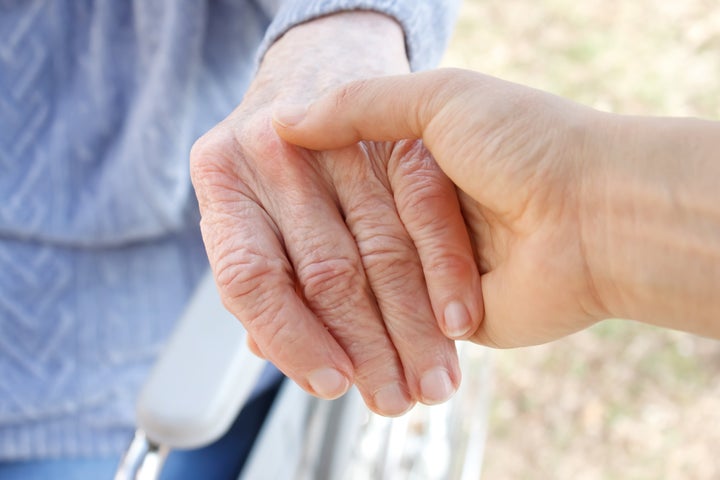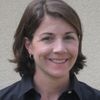
Political campaign seasons are opportune times for Republicans and Democrats to bicker over whether it takes only a family or an entire village to raise a child. Since Hillary Rodham Clinton's 1996 speech to the Democratic Convention and the publication of her book, It Takes A Village, that same year, Republicans have enjoyed attacking the village-care concept. However, over the last 15 years, the notion of a caring village has evolved. It does takes a village; it takes clergy, in-home care workers, doctors and nurses, transportation officers, emergency response personnel and families to be sure our nation's older adults can maintain safe, independent lifestyles in their beloved homes.
According to AARP's 2011 report on Aging in Place, 90 percent of older people express a preference to age in their lifelong neighborhoods rather than relocate to an age-segregated town, retirement center, assisted living or nursing home and therefore, the Village Movement is a non-governmental, grass roots, community-based movement that is leading the way for the well-being of our growing older adult population.
Dues-paying members use their Village to access anything they need to age in their community, such as transportation, dog walkers, handymen, medical referrals, massage therapists, caregiving, housekeeping or furniture repair. Villages provide access to helpful services for practical living, where the providers are fully vetted by the community members.
The movement was started in 1999 when a thoughtful group of older people in the Beacon Hill neighborhood of Boston joined together to combat isolation, foster cooperation, connect with peers, maximize resources and take aging into their own hands. Thus, the Beacon Hill Village (BHV) was formed, which launched itself as a non-governmental, non-profit entity. Today, BHV has 400 members, consisting of 70% individuals and 30% couples. Its success has spawned a nationwide Village To Village (VTV) Network over the last ten years, with 89 communities having established villages and 123 more in development.
The VTV Networks affiliates are self-governed mostly through participant volunteers, but many have hired staff to run their referral programs. Judy Willett, who was the founding director of the Beacon Hill Movement and is now the director of VTV Network, explains, "the model is an alternative for the future. It is a less expensive and more desirable option than institutionalization. People want to stay living in their homes if they have a choice."
The concept is so promising that NCB Capital Impact called BHV three years ago and wanted to help spread the movement, offering its resources as the fiscal agent behind the VTV Network. The Founders of BHV wrote a Manual, which provides guidelines for replication. Forty countries have reached out to the VTV movement, and three countries -- The Netherlands, Australia and Canada -- have open Villages. More recently, the Archstone Foundation has issued grants to nine Villages in California to help grow and sustain them. The financial benefactors have allowed for the movement to spread beyond homogeneous settings to urban, rural and suburban settings which are economically, racially and religiously diverse.
Willett acknowledges that it is possible that some older people haven't joined the Village Movement in their community because the membership fees are a hindrance. However, most Villages operate on a sliding scale fee -- where those who can afford the most are expected to pay more. Some of the Villages operate more on volunteer power than with paid staff running it. Willett agrees that others are reluctant to join the Village in their community because of ageism -- they don't want to identify with old people or think of themselves as old. At the same time, many older people do not want to be dependent on their family members or government, and the Village model allows for self-determination and independence.
The name is not to be confused with The Villages, a master planned age restricted community located one hour outside of Orlando where many northeasterners, Southerners and lifelong Floridians love their choice to retire in style, driving souped up Golf Carts to the nostalgia-laden village centers where they can find the amenities, social life and warm weather they seek. While The Villages in Florida offers great opportunities for those who want to relocate in their retirement years, the VTV Network's communities allow residents to stay in their lifelong homes while accessing the best services and resources the Village has available.
With 75 million aging Baby Boomers and conflicting political opinions surrounding the role of the government in caring for those who are aging, the community driven Village Model offers promise as the preferred the wave of the future.
